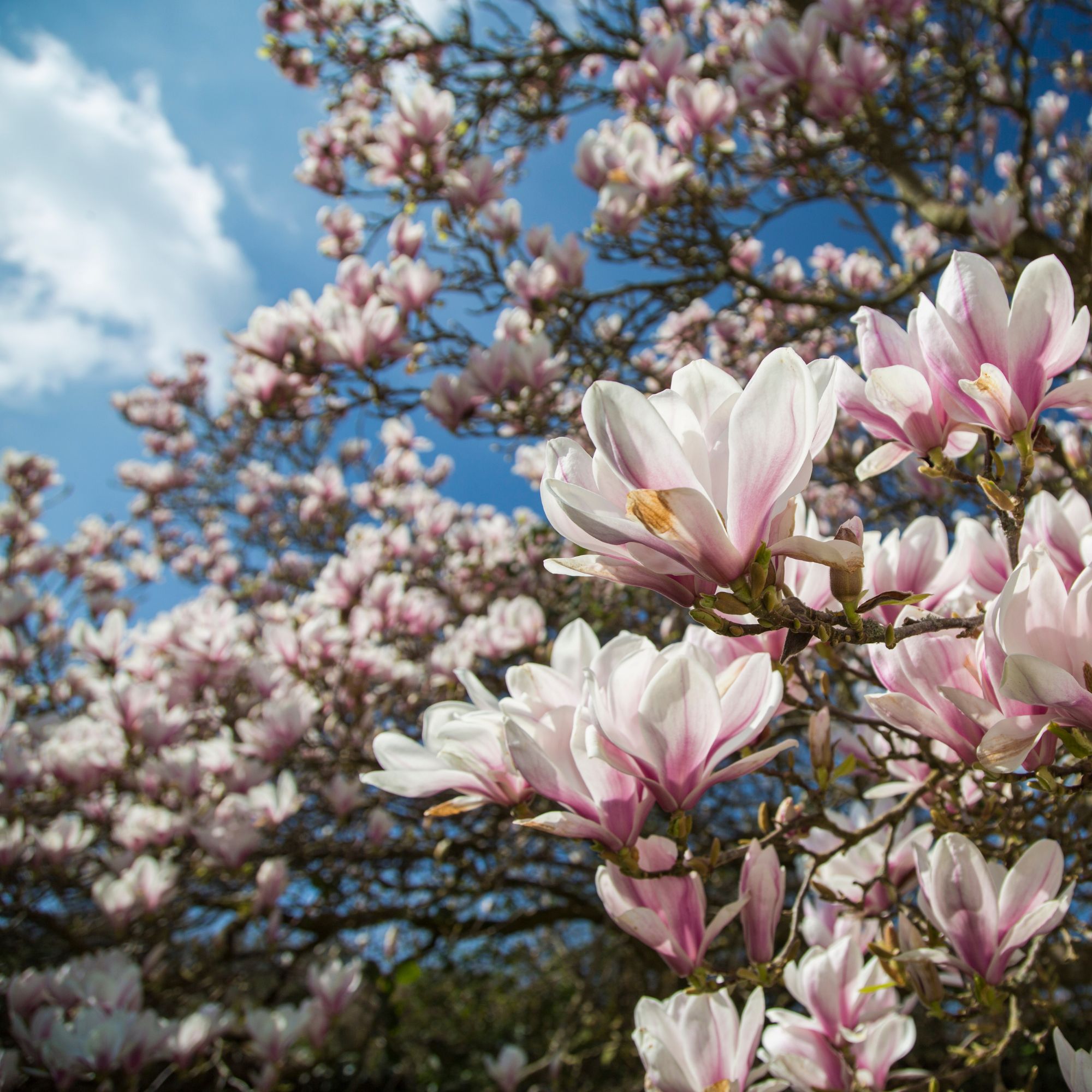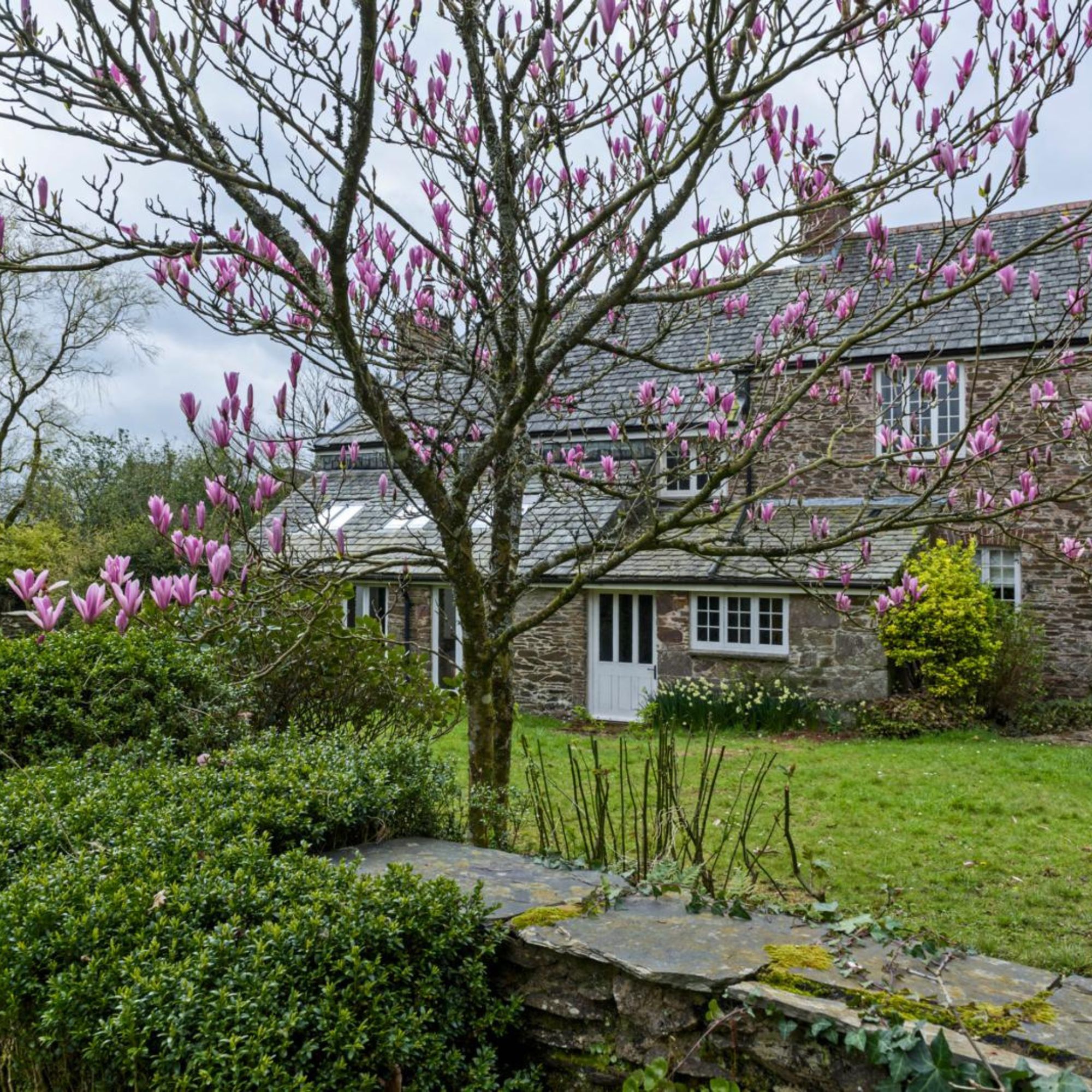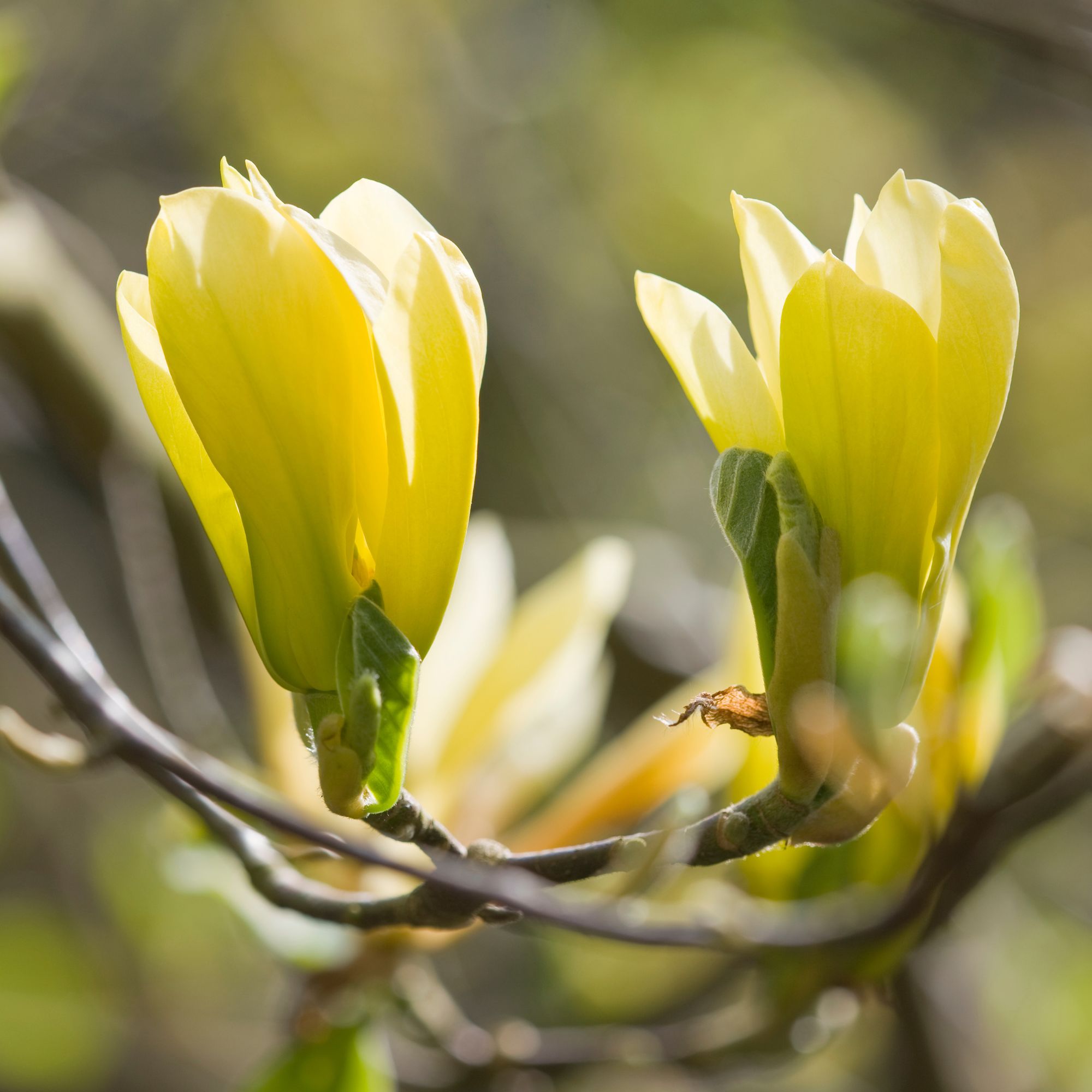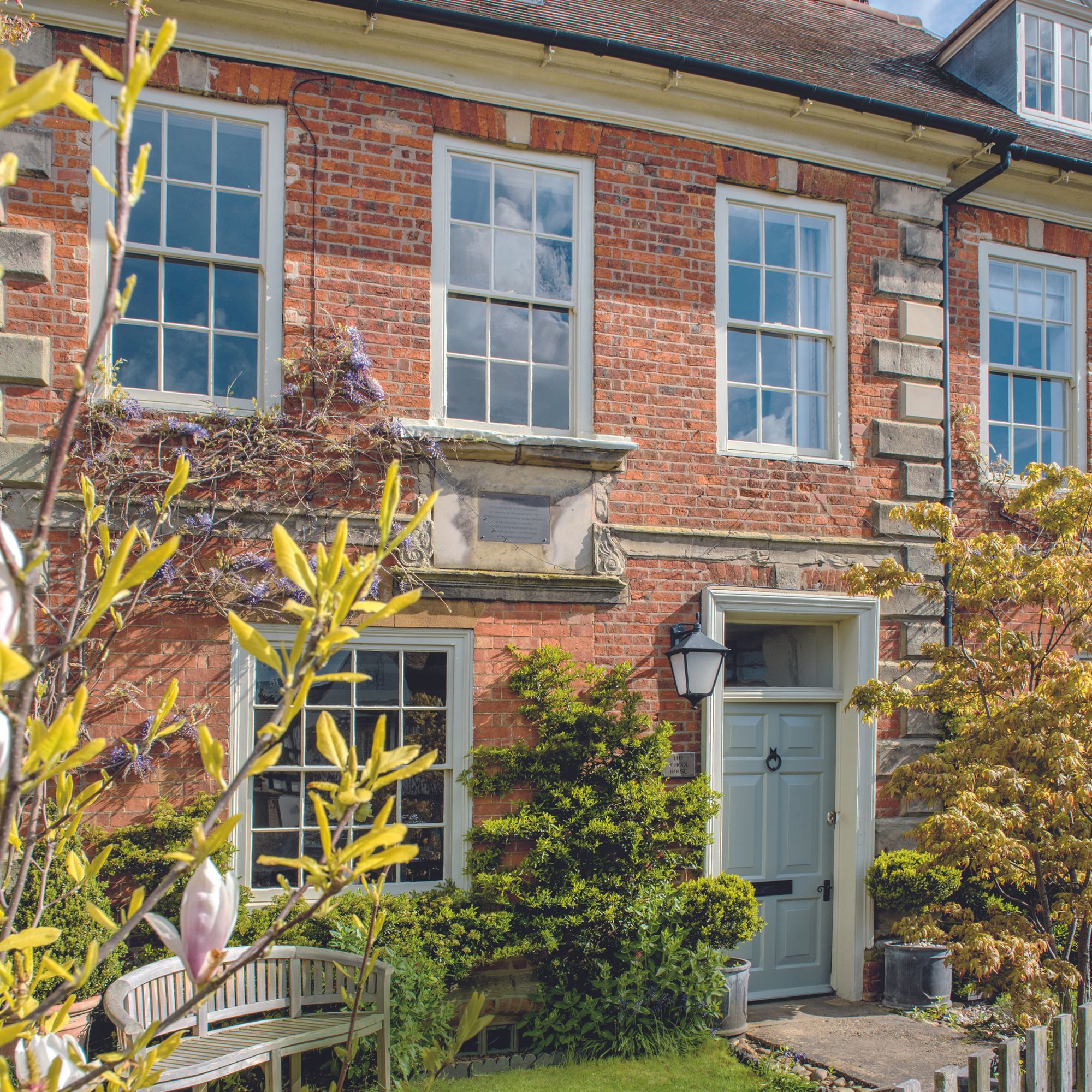
It’s one of our favourite things about springtime in the UK, as thousands of magnolia trees bloom in a riotous explosion of colour: think the purest of whites, pinks in every shade going, rich reds and purples, and even vibrant yellows.
That's right: there's more to these oh-so-beautiful trees than perfect pastel flowers. In fact, there are over 200 different varieties available – which is why it's so important to take the time to choose the perfect magnolia tree for your garden and needs.
Still, it's worth remembering that learning how to plant a magnolia tree won't just fill your heart with joy when it bursts into life every spring; they are also one of those magic plants that will add value to your property, making them an ideal investment piece for homeowners everywhere.
How to choose a magnolia tree for your garden
'Magnolias can range from smaller shrubs to large trees (which means they can be counted among the best trees for small gardens) and can be deciduous or evergreen. So when choosing a magnolia, you are spoilt with options that suit a range of garden types and needs,' says Craig Wilson, co-founder, director and in-house gardening expert at Gardeners Dream.

'Magnolias don’t require a lot of upkeep, so as a fairly low maintenance plant, this shouldn’t factor into your decision of which variety to go for too much,' continues Craig.
That being said, there are a few things you absolutely must consider when deciding which magnolia is best for your garden.
1. Do you want a tree or a shrub?
When figuring out how to choose a magnolia tree for your garden, the first thing you'll want to consider is whether you want a compact bush variety or the sort of tree that's the envy of the entire neighbourhood.
'This isn’t always an easy decision because some of the shrubs have spreads equal to their tree counterparts,' says Craig. 'However, shrubs do have some advantages over trees – their root networks tend not to be as invasive to building work and they are easier to contain and keep to a certain height.'
That being said, Craig adds that 'magnolia trees are somewhat more imposing with their impressive flowers, and incorporating a magnolia tree into your garden can have a far bigger transformative impact on your garden'.
2.The size of your garden

Size isn't everything, true, but it should absolutely play a role when it comes to choosing the perfect magnolia tree for your outdoor space.
'Magnolias come in a range of sizes, so there is something for every garden, but with some being the perfect size for pots or borders, and others reaching upwards of 60ft, you’ll need to choose wisely,' says Craig.
'If you are opting for a tree, then you need to think carefully about which size you go for. Over a lifespan, a small magnolia tree can easily reach upwards of 20 feet, with larger varieties standing at upwards of 60 feet. It is fair to say, opting to plant a tree is no small undertaking and you will need to ensure you have the space to accommodate a tree of that size.'
One of the most popular magnolias, this is a good magnolia for smaller gardens, as it remains a shapely shrub for many years.
With later blooms than most magnolias, this slow growing shrub eventually becomes a spreading tree, making it ideal for larger gardens.
For a compact magnolia tree that slowly develops into a rounded shape up to 4m high, try growing Magnolia ‘Betty’ with glossy green leaves which turn to a coppery colour in autumn.
Before purchasing any magnolia tree, Craig urges you to look at the largest possible height and spread of the plant and compare it to the size of your garden.
'Think about how much of your garden you are willing to take up and how much sun the canopy will block and use these to make an informed decision. If you have a small garden and not much planting space, then opt for the smallest varieties, as these are perfect for pot planting.'
3. Your soil type
Whether you make compost or not, your garden will have its own individual soil type, which will absolutely play a role in how to choose a magnolia tree that suits the space.
In fact, much like growing azaleas, magnolia trees require slightly acidic soil to grow, so you will need to access the soil in your garden before purchasing.
'Some varieties will have other soil requirements, so make sure to do your research into what soil type is best for the plants you are looking at,' says Craig.
'From there you can see whether your soil is right, if not, what additional purchases you’ll need to make to make your soil right, or if the plant just isn’t going to thrive in your garden.'
4. Whether you prefer an evergreen or deciduous variety

When learning how to choose a magnolia tree, it's important to remember that there are both evergreen and deciduous (a tree that loses its leaves in autumn) varieties available
'This is something that is often missed but needs to be thought of,' says Craig, 'as an evergreen magnolia is likely to grow to greater heights than a deciduous type, and it benefits from keeping its foliage all year round.'
He adds that evergreen magnolias do tend to be very sensitive to cold weather, which means you will need to take steps to protect these plants from killer frosts.
'If your garden is prone to frozen ground, you could be in for a nightmare if your tree dies prematurely,' he says. 'Deciduous magnolia trees, on the other hand, tend to be a bit hardier, but they of course look bare during the winter and given their size, this can be a bit of a depressing sight.'
5. Your favourite colour
Finally, but by no means least, it's worth remembering that the oldest magnolia fossils are about one hundred million years old, making magnolia one of the oldest flowering plants.
As they can live for up to a hundred years, then, it's important to take your time when choosing yours – and, let's face it, the colour of those all-important blooms is going to play a big part in your decision.
We've already mentioned that a magnolia tree's large tulip or star shaped flowers can come in shades of white, pink, purple, and yellow. Which would you prefer to grace your garden?
FAQs
What is the best magnolia tree to plant?
There is no one-size-fits-all approach to this gorgeous plant, which is why it's important to do your research ahead of choosing a magnolia tree.
'Magnolia Stellata ‘Water Lily’ is a great option for a smaller space as they rarely grow above 2m high and the pure white flowers have a lovely scent,' says Morris Hankinson, director of Hopes Grove Nurseries.
For a compact magnolia tree that slowly develops into a rounded shape, Morris suggests you try growing Magnolia ‘Betty’.
And, for those who want something that looks magnificent but still won't outgrow their garden, he urges you to consider the Magnolia Soulangiana ‘Rustica Rubra’.
'This popular magnolia boasts large and highly fragrant goblet shaped flowers, rosy pink on the outside and lighter inside, appearing from mid April onwards,' says Morris, adding that the glossy green foliage looks good all season.
'This is an easy and robust little tree that should grow vigorously when established yet still only grows to around 6m eventually making it a good choice for gardens of most sizes.'
What month is best to plant a magnolia tree?
Autumn – particularly late October and early November (before the frosts hit) – is perhaps the best time to get to work on your deciduous varieties of magnolia.
If you are in the market for an evergreen magnolia, however, you should plant yours in the springtime.
Now that you know how to choose a magnolia tree like an absolute pro, we suspect we'll be seeing you at the local garden centre's checkouts in the not-so-distant future.
Fair warning: we're more than willing to race you to the very last magnolia with fabulous pink blooms...







